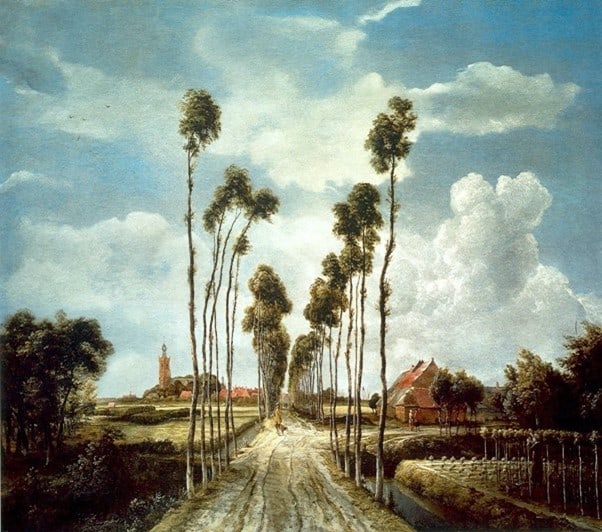
- This course has passed.
Cameos
February 1 - March 7
10.45 – 12.45 Thursdays
£73.00 – £366.00

Description
Certain subjects exert a sustained fascination for the artist, others rise from nothing in response to a particular mood, a particular time – landscape, still-life, war…… Each week this course will examine a different theme and the changing way it has been perceived and presented through the ages, moving in to focus on a specific work/case study.
“Nicole is extremely good and her knowledge is great. I look forward to attending many more of her lectures”
Course Outline
01 Feb 2024 – Religion/Church
Religion is the archetypal theme which can transition in waves from dominance to disappearance. Often linked with both power and societal identity, rich in stories which can be interpreted to illustrate any changing nuance of theology and its interpretation, the same properties may be rejected entirely by new generations. Michelangelo’s phases of work in the Sistine Chapel (1508-12 and 1536-41) illustrate two faces of Church mood.
08 Feb 2024 – Classical Myth
The reverence of the Italian Renaissance for antiquity revives the cults and forms of the classical world, which became the touchstone of quality for the centuries that followed. Whether in narratives of gods and heroes or the appropriation of the ideal nude form by Christian society, from Michelangelos’ David to Picasso’s Demoiselles d’Avignon we explore the influence of Rome and Greece, focusing on Titian’s Bacchus and Ariadne (1520-1523).
15 Feb 2024 – Landscape
Rising in the Calvinist world of 17th century Holland, yet it was only with the rise of Impressionism over 200 years later, that an appreciation of Nature and its moods become, as they are today, one of the best loved and most inspiring of subjects in the European canon. We look in detail at Hobbema’s The Avenue, Middelharnis (1689)
22 Feb 2024 – Portraiture
What exactly is a portrait? When does a recognisably human figure become a portrait, and what responses is it designed to evoke? From its revival in the Renaissance to the 21st century we examine how personal record becomes personal propaganda, and conclude with an exploration and comparison of the many portraits commissioned by Napoleon Bonaparte.
29 Feb 2024 – Flora and Fauna
Peacocks, exotic fruit and banal vegetables, game trophies, prized racehorses and adoring dogs – all may be presented to reflect a way of life, real or aspirational, or indeed, as a moral lesson. In decorative swags of fruit and flowers, the horses of George Stubbs or the balloon animals of Jeff Koons, the forms of the natural world are an indispensable form for both artist and patron. Our key work will be van Gogh’s Sunflowers (1888).
07 Mar 2024 – Peace and War
The intimacy of the home and the quiet life of leisure are not always themes in harmony with the more dramatic, more flamboyant moments of history and patronage, and, conversely, the experience of war is inevitably explored and agonised over as society experiences its horror. Moving from the serenity of Dutch home life in the 17th century, through the beaches and cafes of the 19th, we will look in detail at Picasso’s Guernica (1937), a white-hot response to the suffering of a 20th century outrage.